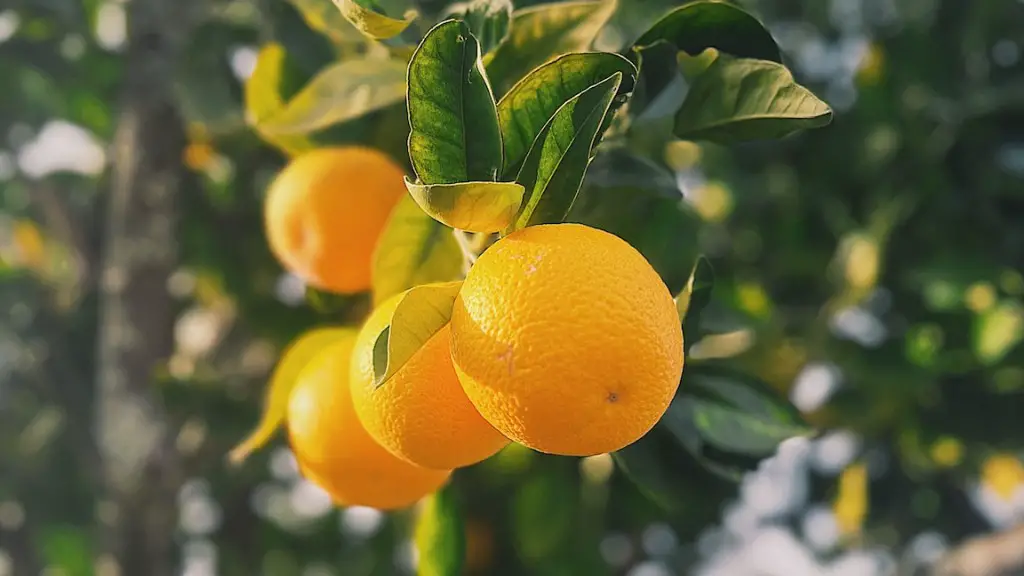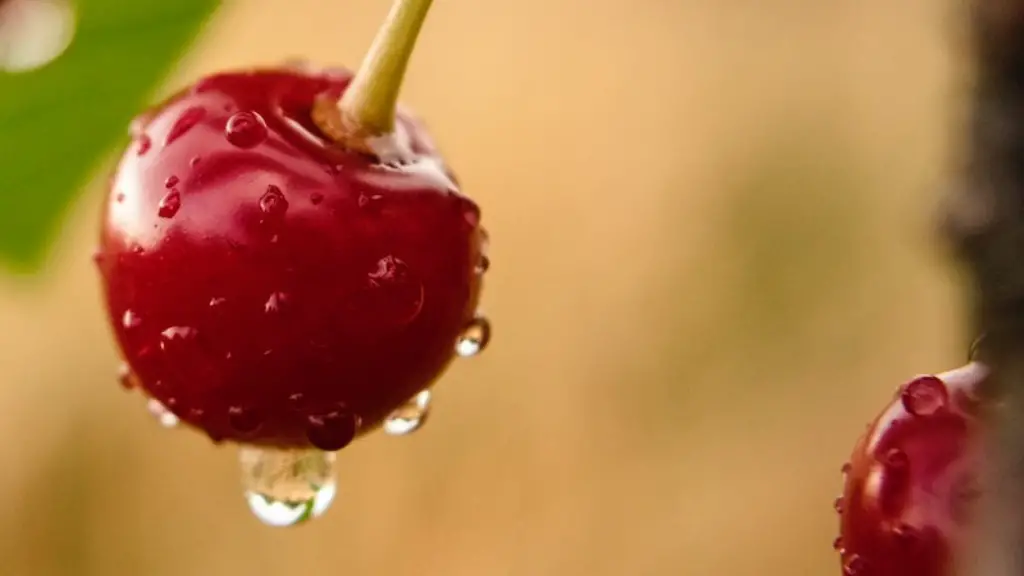What is the Fruit of a Palm Tree Called?
Palm trees are tall and majestic giants of the plant kingdom and the tropical forests of the world. While most people may think of them as tall shade trees, there are several species of palm trees that have fruit that is edible and very nutritious. The fruit of a palm tree is called a drupe, and they come in a wide variety of sizes and shapes, as well as colors and flavors. Some common palm fruits include coconuts, dates, and coconuts.
Palm fruit drupes are high in essential minerals, vitamins, and fiber, making them a nutritious addition to any diet. They are also a very versatile fruit, as they can be used in a variety of recipes, or can be eaten raw. Depending on the type of drupe, it can be sweet, sour, or even savory in flavor. Additionally, some drupes are best eaten in their natural state unprocessed, while others can be cooked or dried and used for cooking, baking, or for making preserves or sauces.
Palm trees can be found in tropical areas all around the world, from South America to Africa to Southeast Asia. Each species of palm tree is unique in terms of the type of fruit it produces. Some of the more popular palm fruits include acai, coconuts, dates, and palm oil. Each of these types of drupes has its own specific flavor, texture, color, and nutritional profile.
Harvesting these fruits can be a labor-intensive process and is often done by hand, which can make them more expensive than other types of fruits and vegetables. The harvesting process also has an impact on the environment and the sustainability of palm oil production, as the trees are often cleared away to make way for new plantations.
Nutritional Benefits
The drupe of a palm tree is a nutritionally-dense food source that is packed with essential vitamins and minerals. Coconuts, for example, are a great source of the healthy fatty acids and medium chain triglycerides (MCTs). These fats are important for providing the body with energy and increasing metabolism. Dates are also rich in fiber, vitamins A, C, and K, and are an excellent source of iron and potassium. Additionally, Fructooligosaccharides (FOS) are prebiotic dietary fibers that aid in the digestion process by feeding the beneficial bacteria in your gut microbiome.
These drupes are also a source of many antioxidants, which are important for fighting against free radical damage and reducing inflammation. Palm oil is particularly rich in antioxidants, as it contains carotenoids, tocotrienols, and phytosterols. All of these nutrients work together to support healthy cell growth, reduce inflammation, and protect the body from oxidative damage.
Sustainability
As with any type of food production, the sustainability of palm fruit harvesting needs to be taken into consideration. Palm fruit’s production often involves deforestation, as the trees are clear-cut to make way for more palm oil plantations. Additionally, the harvesting of the fruits, which is usually done by hand, is labor-intensive and often done at low wages with little to no safety standards.
It is important to choose palm products that have been sustainably-sourced and produced. Companies that have been certified by the Roundtable on Sustainable Palm Oil (RSPO) have met strict standards in terms of ethical labor practices and sustainability. This ensures that the palm fruit is harvested in an environmentally-friendly manner, as well as providing fair wages for the workers.
Culinary Use
The fruit of a palm tree can be used in a variety of ways in the kitchen. Coconuts are a popular ingredient in soups, stews, curries, and sauces. The fresh flesh can also be scooped out and added to smoothies or oats. Dates can be used as a sweetener in baking, added to smoothies, or used as a replacement for sugar in recipes. Palm oil has a high smoke point and is often used for frying and sautéing, as well as in dressings and sauces.
Palm fruit is also a popular snack food as it is naturally sweet, nutty in flavor and comes in a variety of sizes and shapes. Many grocery stores sell palm fruit dried, as well as fresh. The dried fruit can also be purchased in bulk, which is a great way to stock up and have on hand for when cravings hit.
Eco-Friendly Alternatives
Palm fruit is not the only eco-friendly fruit option available. There are other sustainable sources of drupes such as coconuts, black sapote, banana, and even chocolate avocado. The fresh and frozen fruit options are also abundant, so it is easy to find something to fit any taste or preference.
Finding eco-friendly alternatives to traditional fruits does not have to be difficult and there are many options out there to explore. Along with sustainable palm fruit, it is possible to find other options that are both tasty and hygienic. For instance, there are black sapote, chia seeds, and seedless dates all of which can be used in a variety of recipes.
Storage
Palm fruit drupes have varying levels of shelf-life depending on the type. Fresh fruits should be stored in an airtight container at room temperature and away from direct sunlight. Additionally, the drupes can be dried, frozen, or preserved in sugar syrup. The frozen fruits can last up to 18 months, while the dried fruits have a longer shelf life of up to five years.
This type of food storage is a great way to maintain the integrity and flavor of the fruit, as well as keeping it from spoiling quickly. For those looking to truly maximize the shelf life of their drupes, it is recommended to store them in the refrigerator if possible.
Conclusion
The drupes from a palm tree are an incredibly nutritious source of vitamins and minerals, as well as being incredibly versatile and delicious. They come in a wide variety of sizes, shapes, colors, and flavors, which makes them a great addition to any diet. It is important to be aware of the sustainability of palm fruit production and to choose certified organic or sustainable products when possible. Additionally, it is essential to properly store the drupes in order to maintain their flavor and nutritional content. With a little bit of knowledge and careful selection, everyone can enjoy the delicious and nutritious fruit of the palm tree.



